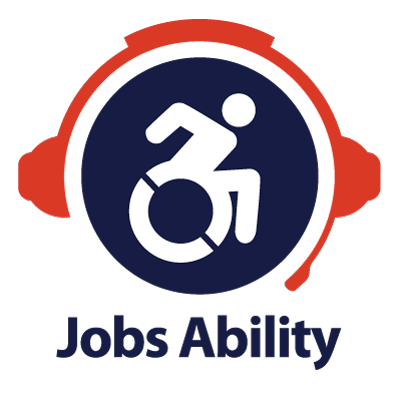Day 7 – #Journey2014 is at 194 Miles
July 6, 2014Brutal Day 8 but we Achieve
July 8, 2014One week ago today I was awake at 1:15am, as I am tonight, excited about the Journey. Last week I was apprehensive about actually being able to complete each day. I was not able to last year and I still had no way to know if my new bike and increased training schedule were enough to do the job. It turns out they were! The 194 miles that we all rode last week were extremely rewarding and it was a relief to me that I could complete every one. I actually began to feel stronger each day as I discovered that I had ways to tackle hills and long distances at reasonable speed – SO different than last year.
But enough about me. The Journey is about the team. The Robinsons and the Hamlins have bonded through this experience and formed a friendship that is important to all of us. There is an unspoken rhythm to each day that comes with trust and confidence. We push each other (ok, Andrea pushes all of us), and support each other. Pam had three flat tires in the first two days, but there was no discouragement, just a determination to fix them (with the expert assistance of NYSARC’s Jayson White!), and move on.
We’ve had six moving celebrations at ARC locations where we are reminded why we do this. The determination of those with other disabilities and the special individuals that serve them cannot be overstated. These people are heroes. If we inspire just one to push beyond a boundary tomorrow, we’ve done our job.
We’ve met some interesting people on the trail. Cycling is a community, just like skiing, boating, running and other common interests. We met Mario from Toronto who took up cycling to help him meet people. He and his brother were on a 4-day, 400-mile trip around Lake Ontario. I met Matt from Cleveland who actually knows the ONE person that I know in Cleveland. And we met a recent college grad who was cycling from Boston to Seattle.
We have also been joined by some new friends. Pam and I moved to Skaneateles just eleven months ago and we were joined by the Browns, the Wamps, and the Pines, part of our new community, for days on the trail. It was great to have their support.
The history of the Erie Canal is rich, and it changed the economy of New York State and our young nation. When DeWitt Clinton proposed it, everyone, including Thomas Jefferson thought he was nuts. He fought for it, proved it could work by opening one section, and it got built. We will ride through much of that original Syracuse-to-Utica section tomorrow and we’ll see remnants of that original canal, as we have seen up to now. My geeky engineering side loves that part. Seeing stone structures weighing hundreds of tons built by backbreaking labor is humbling.
Finally, I need to describe an interest arc in my life. Twenty-seven years ago when my mother knew that her disease was terminal she did one of the countless selfless things in her life. She was determined to make her summer cottage wheelchair accessible so that I could enjoy it in the years to come. She hired a young carpenter/contractor for the job, Scott McClurg. Scott was also a City of Syracuse firefighter and building his business on the side. That business eventually became his full time endeavor and Pam and I had the good fortune to hire Scott to build our dream home just last year.
Scott became a valuable part of the Journey this past Saturday. In the City of Syracuse, the Canal path follows the route of the original canal on city streets (cleverly named Water Street and Erie Boulevard). There’s a fair amount of traffic and it’s not the safest environment for cycling, especially if your cycle is two inches off the ground. So Scott and his wife Suzanne sacrificed their Saturday morning and led us through the city behind the flashing lights of Scott’s pickup. It made the trip far safer and more efficient. As luck would have it, this was also the day my Uncle Jim joined us. Uncle Jim is my mother’s brother. For a moment during a water break I heard Scott and Uncle Jim discussing what a special lady my mother was. They were right.
